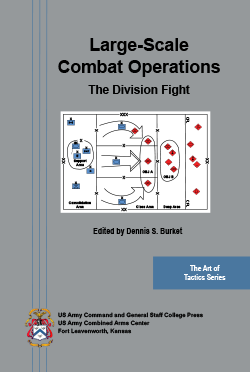

Then, stand next to your puppy with the leash in a loose loop and give him several treats in a row for standing or sitting next to your leg.Give your puppy treats as you put the leash on each time. This can feel strange at first, and some puppies may bite the leash. First, make sure your puppy is comfortable wearing a leash.But be consistent about where you want them so they don’t get confused and learn to zig zag in front of you. Whether your puppy walks on your left side or your right side is completely up to you. Whatever cue you choose, be consistent and always use the same word.

Some trainers prefer to say “let’s go” or “forward” instead of “heel” when they train this easy way of walking together.

Puppy training can be a little more relaxed with the goal being that they walk politely on a loose leash without pulling. In competition obedience training, “heel” means the dog is walking on your left side with his head even with your knee while you hold the leash loosely.
#NUCLEAR THRONE TOGETHER BIG DOG COMMAND HOW TO#
Read more about how to teach your dog to come when called. Always reward your dog heavily for responding to his or her name, even if they have been up to mischief! Never call your dog to punish! This will only teach him that you are unpredictable, and it is a good idea to avoid you. If your puppy is timid, kneel and face them sideways and offer him treats as you reach for the collar. This can be confusing or frightening for some dogs. When your puppy comes to you, don’t reach out and grab him. When training outside (always in a safe, enclosed area), it may be helpful to keep your puppy on a long leash at first. Coming to you should be fun! Continue building on these games with longer distances and in other locations. When they catch you, give them a lot of praise, treats or play with a tug toy.They should run after you because chase is fun! Once your puppy can turn around to face you, begin adding movement and making the game more fun! Toss a treat on the ground and take a few quick steps away while calling your puppy’s name.Instead, move closer to your puppy and go back to a step where he can be successful at responding to his name the first time. Note: Avoid repeating your puppy’s name saying it too often when he doesn’t respond makes it easier for him to ignore it. Repeat this a couple of times until you can begin tossing the treat a little further away, and he can turn around to face you when you say his name.When he looks up, give him another treat. As soon as your puppy finishes the treat on the ground, say his name again. Next, drop a treat on the floor near you.He doesn’t have to do anything yet! Just repeat the word and give a treat. Each time you say “come/name,” give your puppy a treat.Sit with your puppy and say his name or the word “come.”.You’ll want to begin training a recall (come when called) in a quiet area and indoors. If your puppy gets bored or frustrated, it will ultimately be counterproductive to learning.

If your puppy is having trouble learning a new behavior, end the session by reviewing something he already knows and give him plenty of praise and a big reward for his success. Always keep training sessions brief - just 5 to 10 minutes -and always end on a positive note. Puppies can begin very simple training starting as soon as they come home, usually around 8 weeks old. Food is often the most convenient way to reinforce behavior. If you give the dog a treat while saying “Good dog!” in a happy voice, he will learn that praise is a good thing and can be a reward. Lavish praise or the chance to play with a favorite toy can also be used as a reward. Most people use small pieces of a “high value” food for training treats - something special - such as freeze-dried liver or even just their kibble. Reinforcement can be anything your dog likes. Patience will go a long way in helping your new puppy learn how to behave. It is important to remember that we can’t expect dogs to know what they don’t know – just like you wouldn’t expect a 2-year-old child to know how to tie his shoes. Punishment can cause a dog to become confused and unsure about what is being asked of him. Avoid using punishment such as leash corrections or yelling. The idea is not to bribe the behavior but to train it using something your dog values. Positive reinforcement is the process of giving a dog (or person!) a reward to encourage the behavior you want, like getting a paycheck for going to work. The foundation of training should be based on positive reinforcement. This will make him feel secure in his ability to meet the goals laid out for him going forward. To start off on the right foot (and paw!) with your pup, he’ll need to know what you expect from him.


 0 kommentar(er)
0 kommentar(er)
